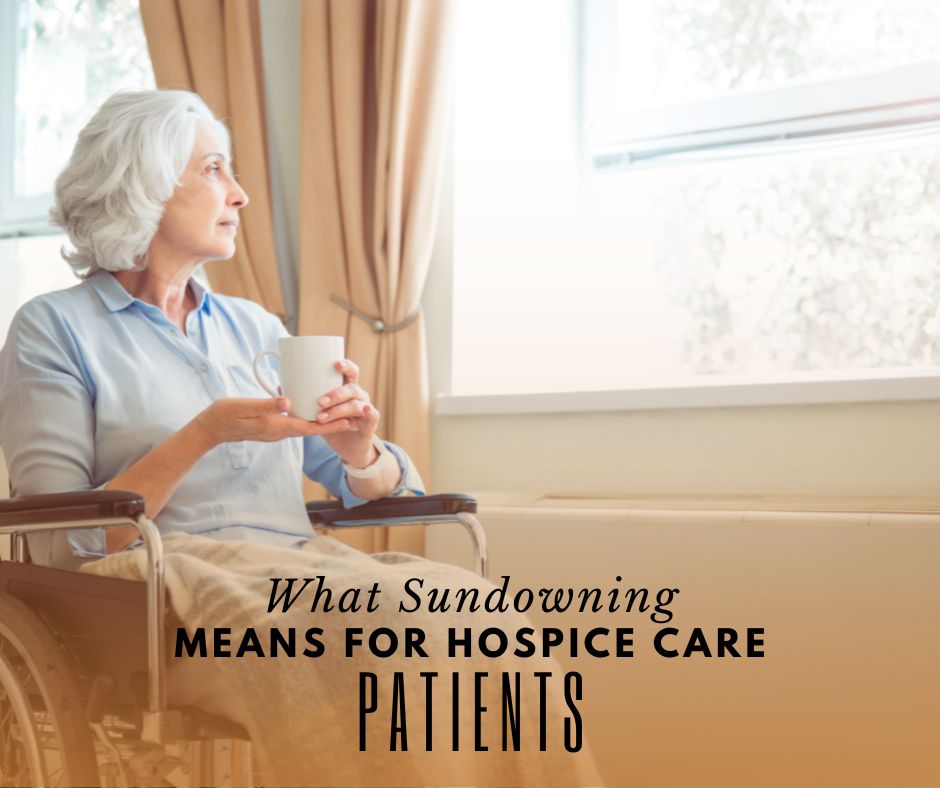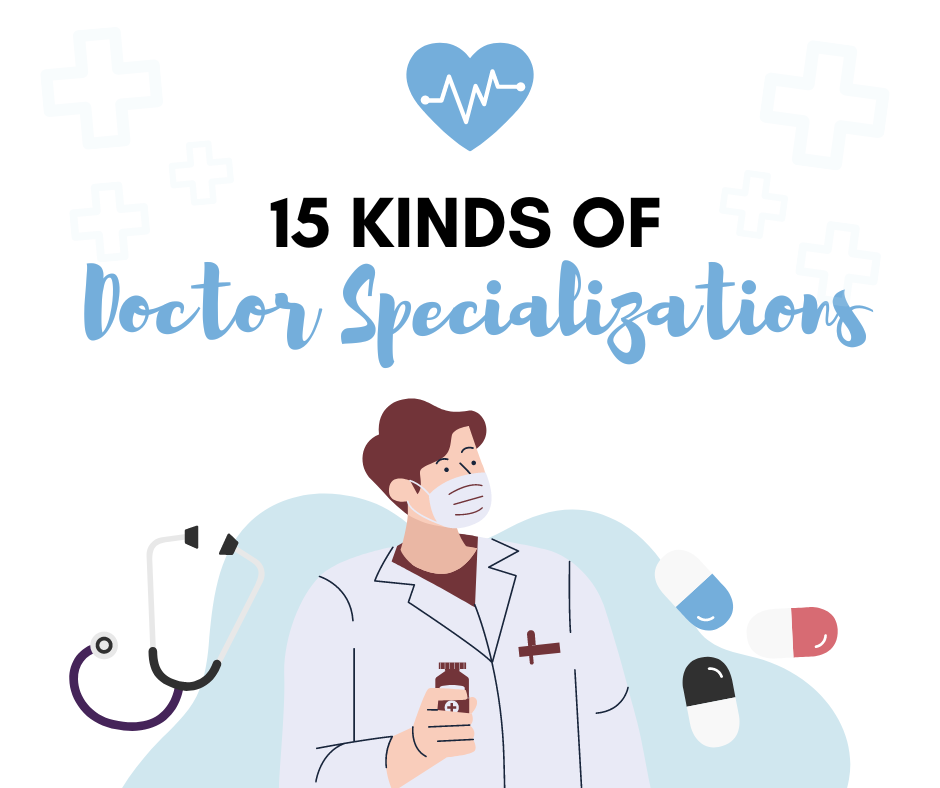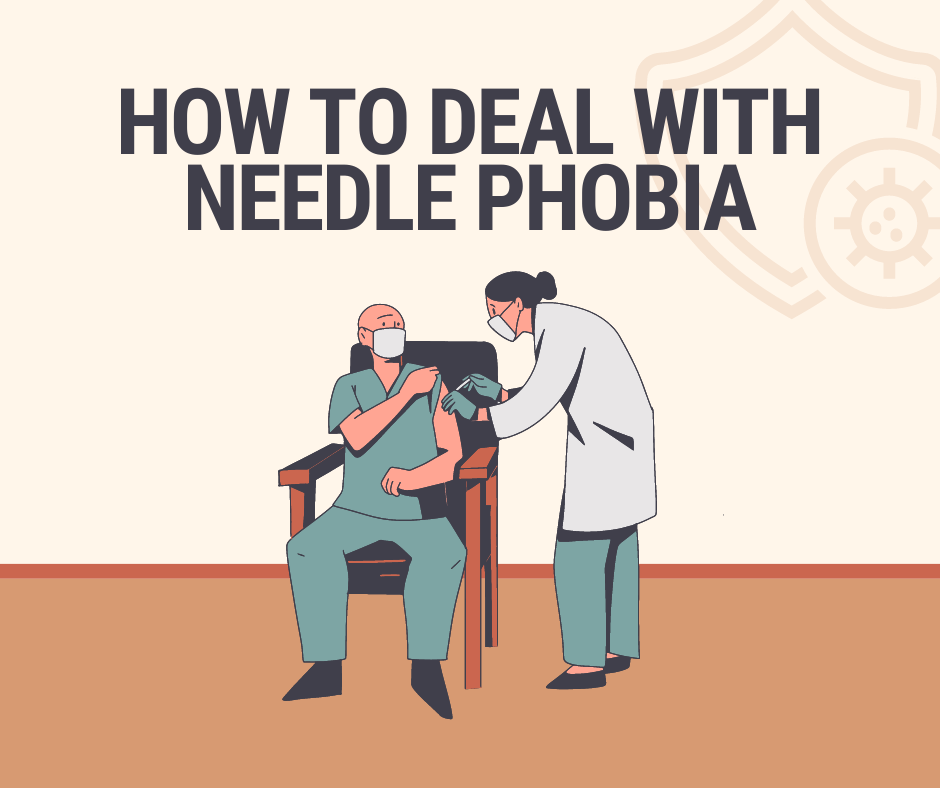Sleeping through the entire night can be difficult for dementia patients struggling with sundown syndrome. Sundowning can occur at any stage of dementia, but Los Angeles hospice caregivers generally see it happen more during the middle and later stages. Research conducted by the Alzheimer’s Association shows that about 20% of patients diagnosed with Alzheimer’s disease experience sundown syndrome, which is more commonly known as sundowning.

Sundowning, also referred to as “late-day confusion” can best be described as a disturbance in the dementia patient’s “internal clock.” Patients may feel restless, agitated, or confused. These symptoms typically emerge or worsen during the late afternoon or early evening. Some patients even show behavioral changes and experience hallucinations and feelings of suspicion or anger.
In this article, we will delve into the symptoms of sundowning and share ways to cope with the syndrome. If you are looking for a hospice near Pasadena, we will also share our recommendation for hospice care.
Sundowning Symptoms
While researchers still do not have an answer as to what causes sundowning, they do have an idea of factors that can make the syndrome worsen. Here are some of the factors to keep in mind:
- Mental and physical exhaustion
- Less lighting and more shadows
- Drinking coffee or alcohol close to bedtime
- Thirst and hunger
- Stress and depression
- Disrupted circadian rhythm
How to Handle Sundowning Symptoms
Los Angeles hospice or palliative care patients experiencing sundowning may try to cope with their syndrome by pacing, rocking back and forth in a chair, and screaming. In some cases, patients may even become violent. For some patients, erratic behaviors may be short-term, but for others, these behaviors can last for hours and disturb their sleep schedules. Fortunately, there are several ways that caregivers work to help manage sundowning symptoms.
Minimize Triggers
When a patient experiences a sundowning episode, a caregiver will record the events that took place before, during, and after the episode. They will look for patterns in the patient’s behavior and seek to identify possible triggers. For some patients, triggers could be fatigue, cross-talking during meal times, the loud volume of the television, or a change in caregiver.
Stick to Routines
When a caregiver notices that a patient is having trouble sleeping at night, they will try to minimize the patient’s naps during the day. Patients suffering from sundowning need quiet, peaceful evenings, so they should avoid taking on stressful tasks during the day. Patients benefit from having familiar daily schedules that are straightforward and make them feel secure.
Maintain a Healthy Environment
Caregivers know that clutter or stimulation can cause patients to feel anxious or stressed. Anxiety and stress are known to be major inducers of sundown syndrome. Caregivers need to create a calm environment for their patients to sleep in. They will do this by setting the temperature between 68-70 degrees Fahrenheit, drawing light-blocking curtains, and installing nightlights to ensure safety.
Play Relaxing Music
Research indicates that music has healing properties for patients suffering from memory disorders such as Alzheimer’s disease and other types of dementia. Caregivers sometimes play relaxing music (on low volume) throughout the day to help boost patients’ moods.
Adjust Meal Times
A large dinner before bedtime can cause a patient to feel agitated and lose sleep. In this case, the caregiver will serve their patient a light meal for dinner and limit consumption of heavy foods and coffee during lunch hours.
Sundowning Support at Faith and Hope Hospice
Navigating life with Alzheimer’s disease or other forms of dementia can be extremely challenging. The staff at Faith and Hope Hospice understands this and offers full support for patients. If you are looking for a professional Los Angeles hospice care facility to place a loved one in, consider Faith and Hope Hospice.



